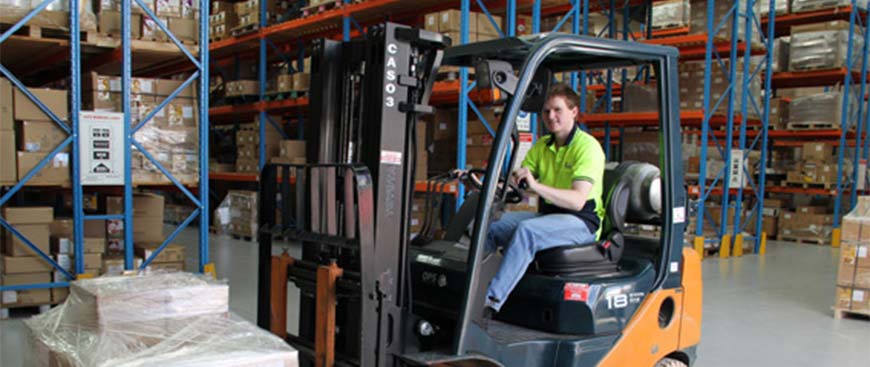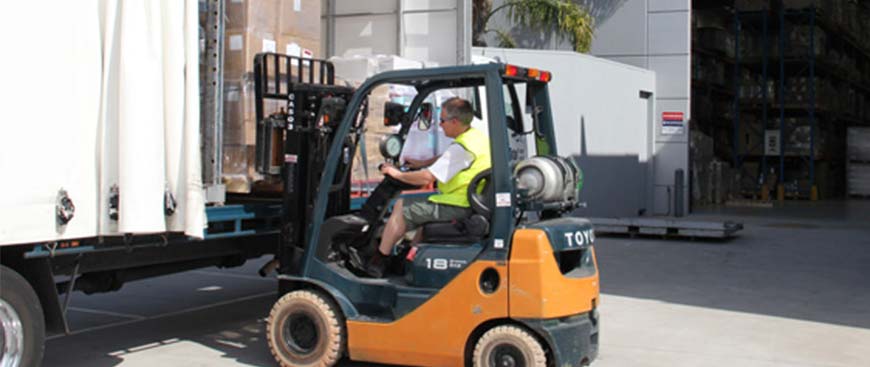Shelf Life extension of food can be by a number of techniques. We explain and demystify how these processes work and give examples of applications they are suitable for.
Hot fill/Cook –Chill
Cook Chill is a very cost effective means of adding shelf life to food. The technique involves fully cooking the product, filling into a pouch (typically) at temperatures in excess of 85 Deg C followed by rapid chilling and storage at 0-4 Deg C. Common applications are bulk food manufacture for institutions such as hospitals and schools and soup and sauces in retail ready standup pouches.
Pasteurisation
This is a process that occurs after food is packed. The pack is then heated to a temperature in excess of 100 Deg C. Pasteurisation will normally achieve a longer shelf life than Hot fill. Depending on what constituents are in a soup or sauce mentioned above, often this additional thermal treatment is required for shelf life extension.
Retort
Retorting in flexible packaging is a food processing method normally using trays and pouches, where the food is packaged first, and then heated to temperatures typically in excess of 120 Deg C in a retort chamber to sterilize the product hence achieving a long shelf life at ambient temperatures which can be up to 1 year. Hence the barrier required for this process is the most demanding of all at < 1 cc/m2/24 hrs. Common applications are meat based casseroles, long life sweetcorn, Abalone.
Modified Atmospheric Packaging [MAP]/Gas Flush
Unlike the techniques that utilise thermal processes to extend shelf life, MAP changes the ambient atmosphere in the pack to stifle bug growth. Normal oxygen (O2) levels are around 21% so often we will try the reduce that level as low as possible and replace it with carbon dioxide (CO2) and perhaps an inert buffer such as Nitrogen (N2) to stop pack collapse once a large portion of the CO2 has been taken up in the product.
Red meat however discolours at low O2 levels so we then modify the atmosphere in the other direction and increase the O2 levels to say 80% once again curbing the rate of bug growth but preserving good colour in the meat.
There are many applications such as red meat, as mentioned, in rigid trays with a clear lidding film, bulk MAP of whole chickens and nitrogen displacement of O2 in snack food packs such as potato chips.
Vacuum Pack
Probably the most economical means of extending shelf life. Again the idea is to reduce the oxygen (O2) levels to as low as possible via extreme vacuum. The pouch or thermoformed pack must have a good barrier to prevent O2 re-entering the pack. In some cases where say bone-in meat is being vacuum packed, a high puncture resistance pouch maybe be required.


